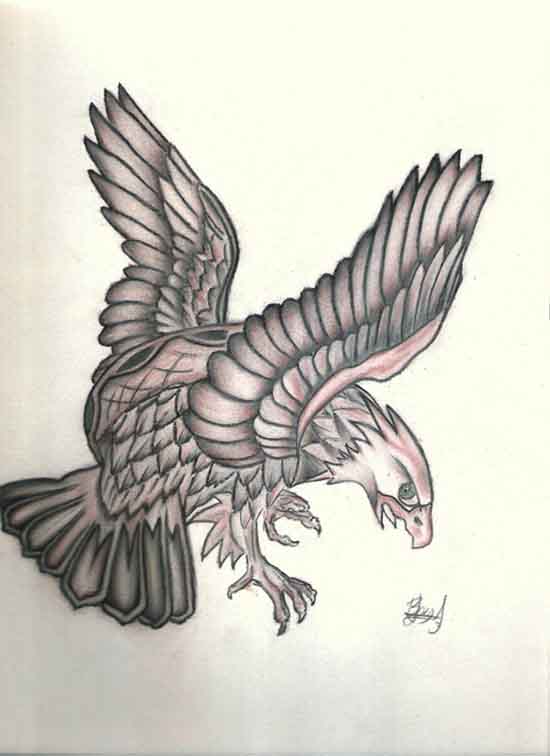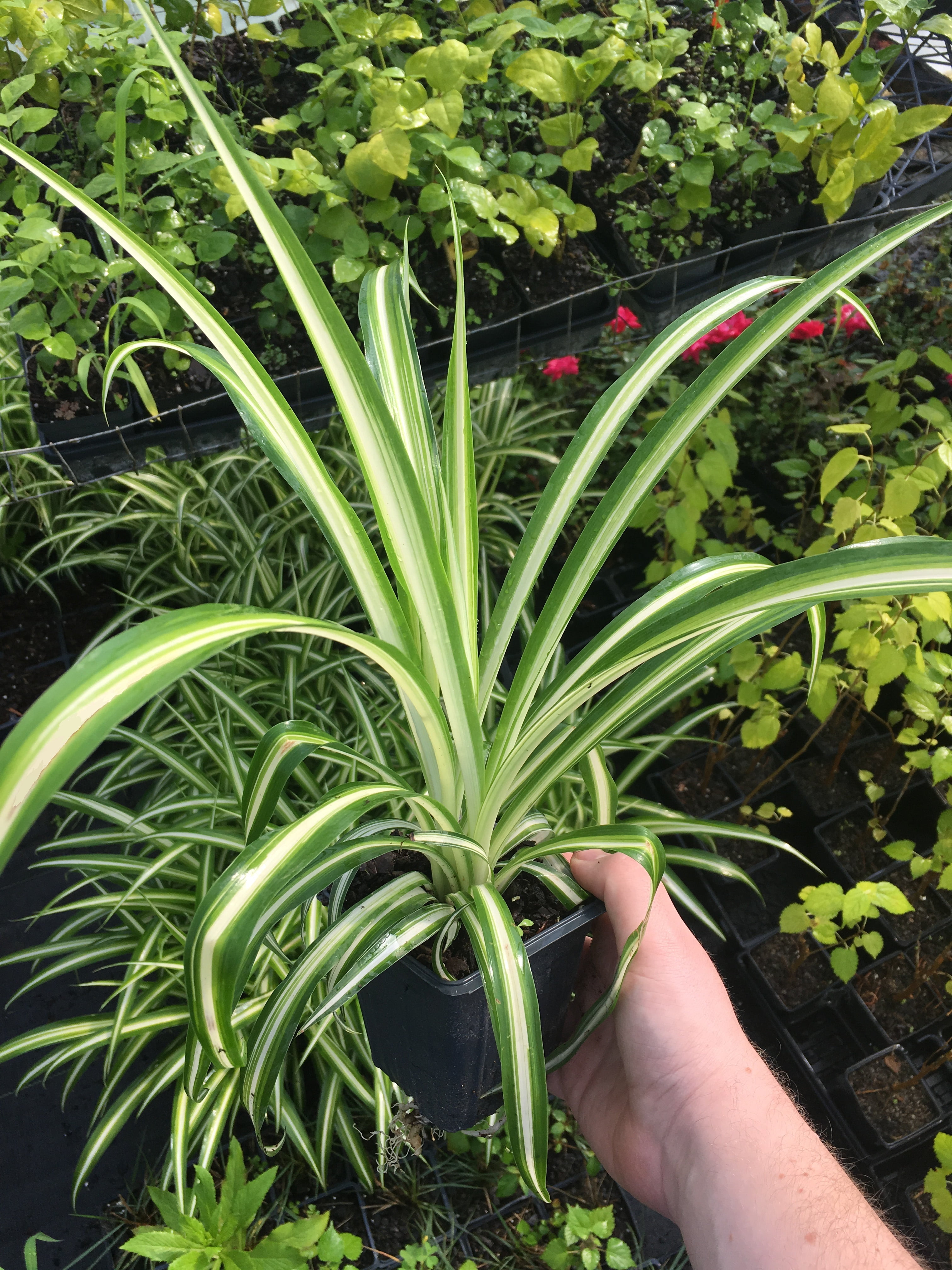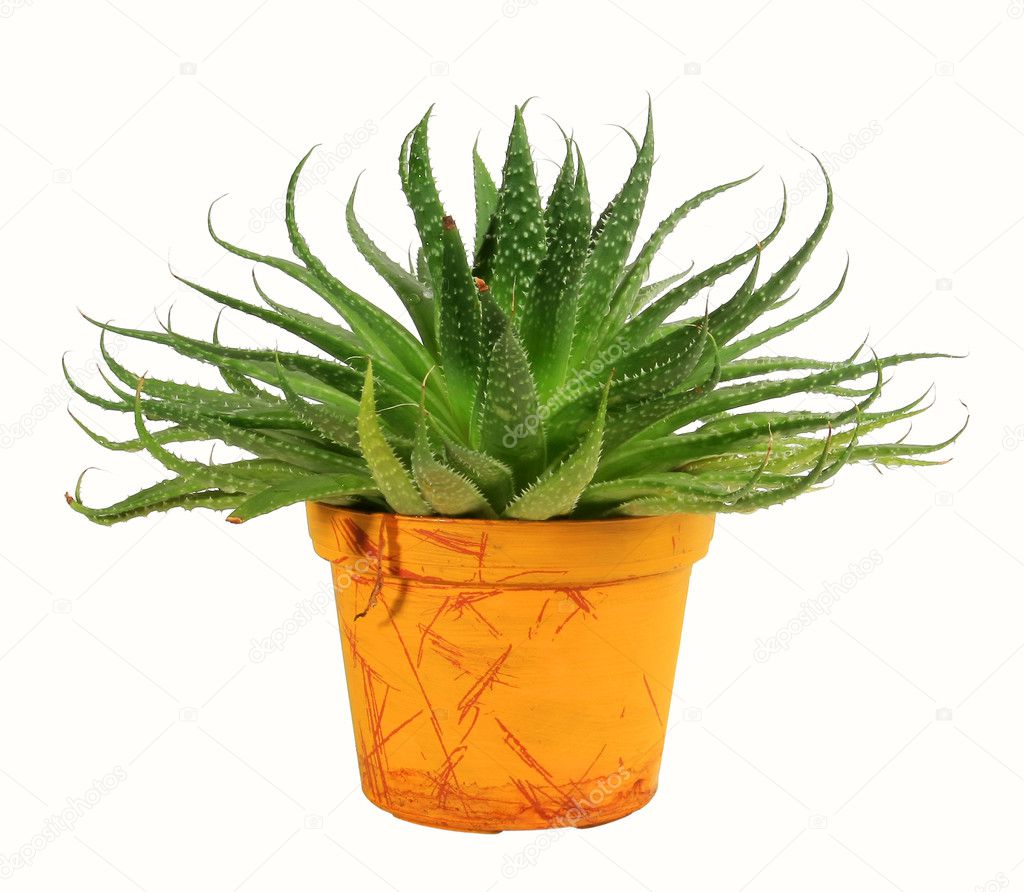Table Of Content
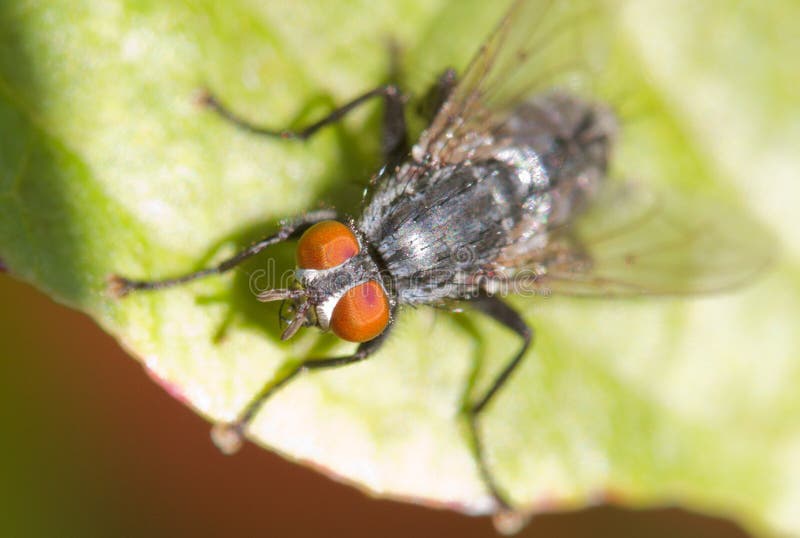
Among the pathogens commonly transmitted by house flies are Salmonella, Shigella, Campylobacter, Escherichia, Enterococcus, Chlamydia, and many other species that cause illness. Following the egg stage is the larval phase or more commonly known as the maggot stage. This phase lasts approximately five days but can extend up to two weeks if conditions are less than ideal. During this period, larvae undergo rapid growth by feeding voraciously on organic matter in their surroundings.
Relationship with humans
This is where metamorphosis occurs – inside these protective shells, maggots transform into adult flies over several days. To begin with, imagine an oval-shaped diagram divided into four distinct sections, each representing a stage in the life cycle of a housefly – egg, larva, pupa, and adult. Reaching the adult stage is a significant milestone in the life cycle of a housefly. This is when the fly, now fully developed, emerges from its pupal case and takes on the world with newfound abilities and characteristics. In the fascinating journey of a housefly’s life, the pupa stage holds a pivotal position. This is where the most dramatic transformation occurs – an impressive metamorphosis that sees a wriggling larva transform into a buzzing adult fly.
Are houseflies harmful?
The eggs are typically laid in warm and moist environments, which expedite their development. However, colder temperatures can slow down this process significantly. This bacterial infection is caused by Salmonella typhi and can result in high fever, stomach pain, and weakness, among other symptoms. Houseflies are able to pick up these bacteria from feces and transfer them onto food or surfaces that humans may touch.
Can Texas Police Legally Fly Drones Above Your House? - ktemnews.com
Can Texas Police Legally Fly Drones Above Your House?.
Posted: Wed, 24 Apr 2024 12:07:14 GMT [source]
Predators Of The Housefly: Natural Enemies And Their Impact
As carriers of over 100 pathogens, including salmonella and E.coli, due to their feeding habits and breeding grounds in waste materials, they pose a serious risk to public health. Food and materials on which the flies can lay eggs must be removed, destroyed as a breeding medium, or isolated from the egg-laying adult. Since the house fly can complete its life cycle in as little as seven days, removal of wet manure at least twice a week is necessary to break the breeding cycle. Since straw is one of the best fly breeding materials, it is not recommended as bedding. Ordinarily, fly control from 1 to 2 km around a municipality prevents house fly infestations.
Environmental Impacts: How Temperature, Humidity, And Other Factors Affect The Lifecycle
Without houseflies, these creatures would struggle to find enough food, potentially disrupting the delicate balance of our ecosystem. In terms of reproductive habits, all three species lay their eggs in places that provide food for their offspring once hatched into larvae or maggots. However, the specific locations differ greatly due to the dietary preferences mentioned earlier. Starting with the egg stage, it is remarkably short-lived, lasting only about 8 to 24 hours.
Different House Fly Species
Unlike the larvae, which can directly consume solid organic matter, adult houseflies lack the mouthparts necessary for chewing food. Instead, they possess a unique sponging mechanism that allows them to ingest liquids only. Despite their reputation as pests due to their association with filth and disease transmission, adult houseflies play an important role in nature’s cycle by acting as decomposers.
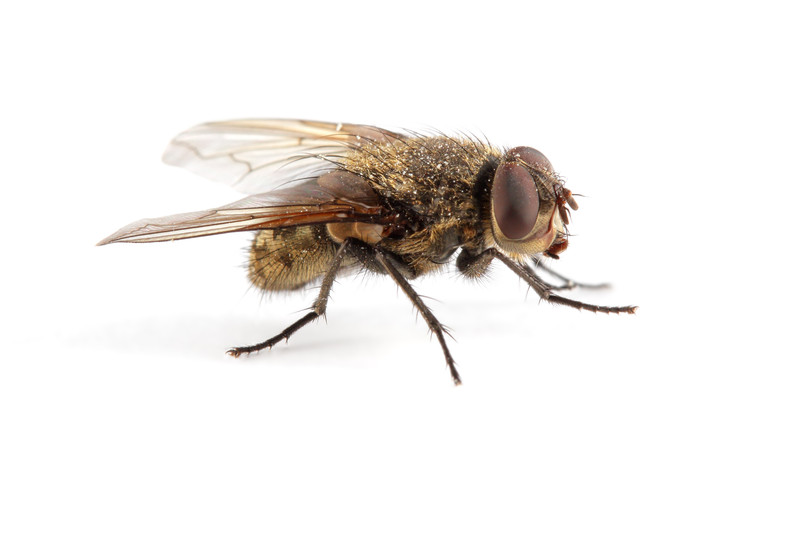
They feed voraciously on the decaying matter around them and go through three instars or molts before moving onto the next stage. If your pet uses a litter box or indoor area for a toilet, clean the area often. If you have a house fly problem in your home, take solace—there are many ways to eliminate the pesky critters. The good news is that you can get rid of house flies with items you probably already have lying around your home. House fly puparia, each with a hole from which a single wasp emerged after feeding on the pupa.
Mating Rituals: How Do Houseflies Attract Mates?
Females can lay up to 150 eggs at once and may produce five to six batches throughout their lifetime. A single female housefly can potentially be responsible for over 1 million offspring in her short lifespan if all her descendants survived. The house fly has a complete metamorphosis with distinct egg, larval or maggot, pupal and adult stages.
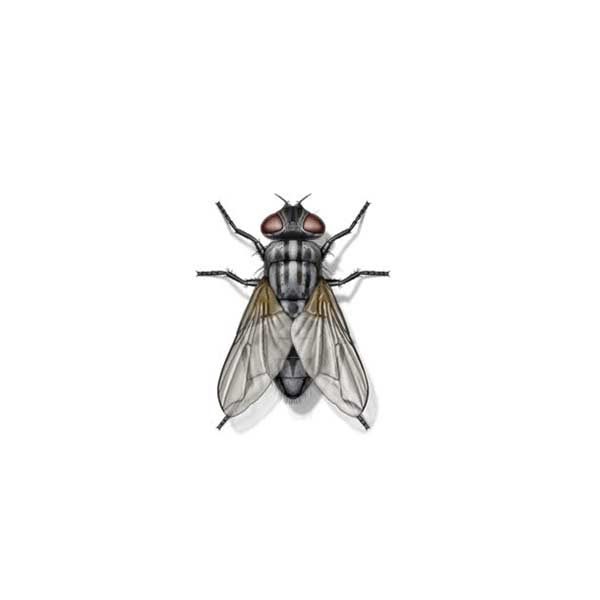
These bacteria can contaminate food or water when flies land on them, presenting a significant risk, particularly in areas with poor sanitation. Spiders also play an essential role in controlling housefly populations by trapping them in their webs. Houseflies often fall prey to different species of spiders, including orb weavers and jumping spiders.
They can also spread food-borne illnesses through their contact with food. It is important to manage potential insecticide resistance by rotating formulations with different modes of action. The best way to deal with a housefly infestation is to prevent it in the first place. Make sure they don’t have areas to lay eggs and remove things that can attract the flies. House flies do not bite, but they are capable of transferring more than 100 different pathogens, including salmonellosis, typhoid and tuberculosis. House flies contaminate food surfaces by spreading disease organisms picked up on their legs and mouths when feeding on trash, feces and other decaying substances.
They help break down organic matter and return nutrients back into the ecosystem. One distinguishing feature of an adult housefly is its unique mouthparts that function like a sponge. They cannot bite or chew; instead, they feed by regurgitating digestive juices onto solid food to liquefy it before sucking it up. This feeding habit plays a role in their potential to spread diseases as they often move between filth and human habitats. They prefer decomposing organic material such as food waste or animal feces.
Fruit and vegetable cull piles, partially incinerated garbage, and incompletely composted manure also are highly favored sites for breeding. In addition to natural ways to get rid of houseflies, you can use insecticides and traps to kill or remove the flies. The emergence of an adult housefly from its pupal case is truly a spectacle to behold!
Several methods can help deal with houseflies, including drain treatments and insect sprays. The second molt generally occurs around day three or four of the larval stage, giving rise to third instar larvae. These are significantly larger than both previous stages and can measure up to half an inch in length.
A ventral comparison of adult stable fly, Stomoxys calcitrans (Linnaeus) (left), and house fly, Musca domestica Linnaeus (right). A dorsal comparison of adult stable fly, Stomoxys calcitrans (Linnaeus) (left), and house fly, Musca domestica Linnaeus (right). Prepupa and sequence of puparia by age for the house fly, Musca domestica Linnaeus. You can also use insecticides outdoors, although flies will still develop resistance to them.







